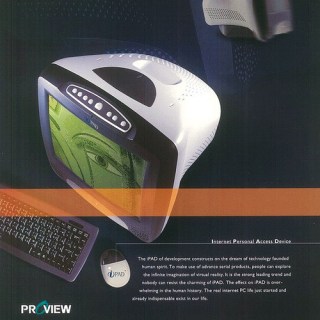Analysts: Apple has a strong case in DOJ’s lawsuit over eBook price-fixing

Yesterday, the U.S. Department of Justice filed a lawsuit against Apple and five other publishers over eBook price-fixing. The Department of Justice reached a settlement with three of the publishers in the suit, but Apple, MacMillan, and Penguin are standing strong (the U.S. is also after Simon and Shuster). Yesterday, MacMillan’s CEO released a letter on the matter and explained why the publisher chose not to settle. In the note, he said the Department of Justice’s settlement demands “could have allowed Amazon to recover the monopoly position it had built before our switch to the agency model.” He also said it is “hard to settle a lawsuit when you know you have done no wrong” and called the agency model the future of an “open and competitive market.”
As CNET noted, the Department of Justice may have a more difficult case against Apple. For one, Apple does not have a strong-hold in the eBook market, because Amazon has the commanding lead with its Kindle sales. The Department of Justice has a case against the publishers rather—and that is most likely why three of them have already chosen to settle. Apple only holds open the store, while publishers are the ones who choose the prices to set.
The settlement reached with three of the publishers yesterday is said to give them “freedom to reduce the prices of their e-book titles,” which allows Amazon to go back to its previous wholesale model.
A key point that the Department of Justice is using in its lawsuit is when all five of the publishers met together at a hotel in London to talk over eBook prices. Apple was not present at the meeting, so this may give the Department of Justice a harder time to press the Cupertino-based Company. Of course, the Department of Justice could still come out victorious, but it may have to dig a little deeper against Apple than it did with publishers. We are sure there will be more out of this case as time goes on.

